Four Treasures of the Study: 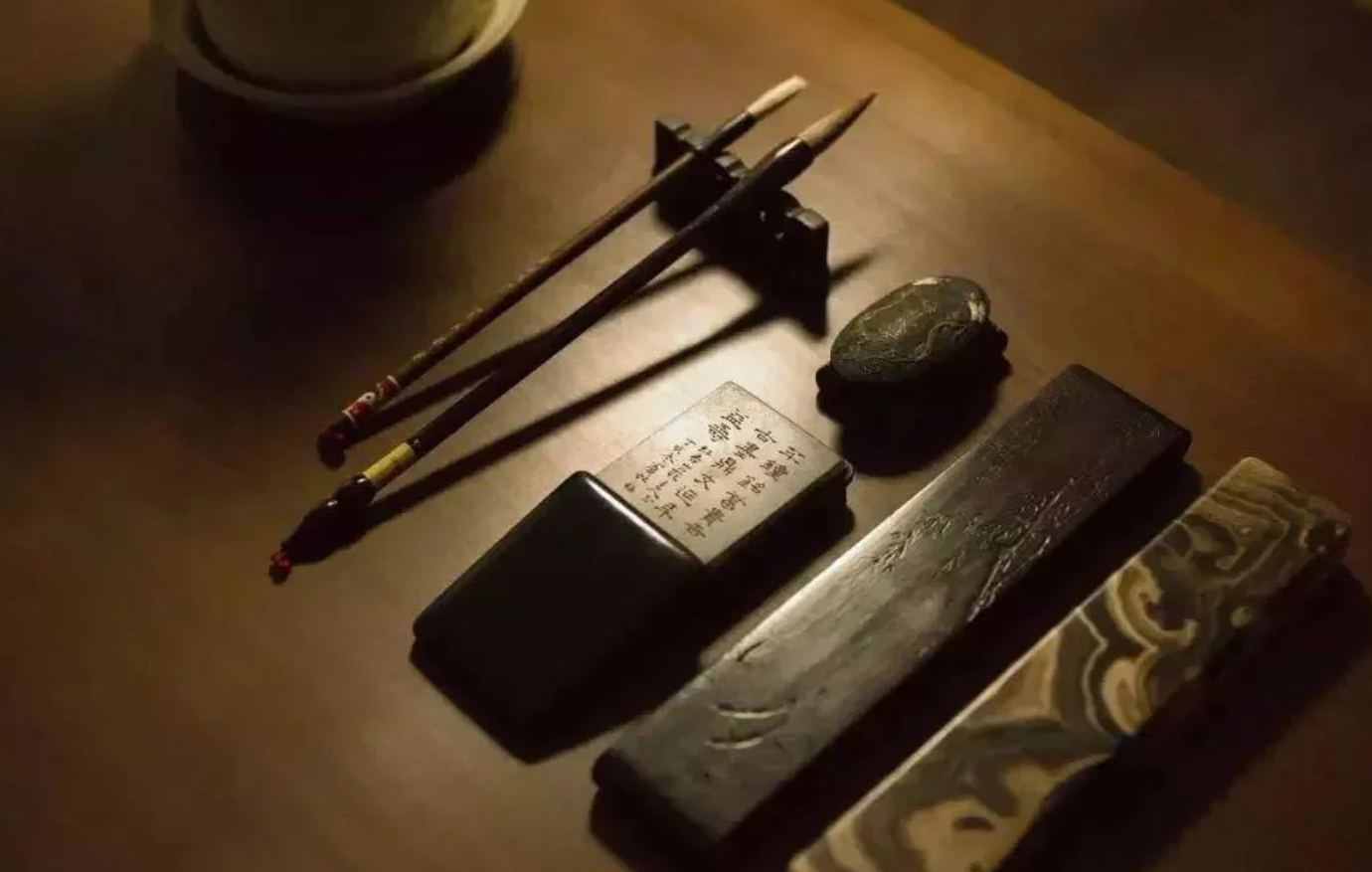
The "Four Treasures of the Study" are tools of Chinese calligraphy and painting, namely brush, ink stick, Xuan paper, and inkslab. These treasures not only embody the distinct cultural traditions of the Chinese nation but have also contributed to the progress of ethnic culture. Though definitions of the Four Treasures have evolved over time, Huizhou remains one of the birthplaces of these cultural icons.
The Brush: Represented by the Chinese writing brush, its soft yet elastic bristles create endlessly varied lines through lifting, pressing, pausing, and varying pressure, making it the soul of calligraphy and painting.
The Ink Stick: Huizhou ink is most renowned for its lustrous black color, enduring vibrancy, and subtle fragrance released during grinding, adding depth and charm to artworks.
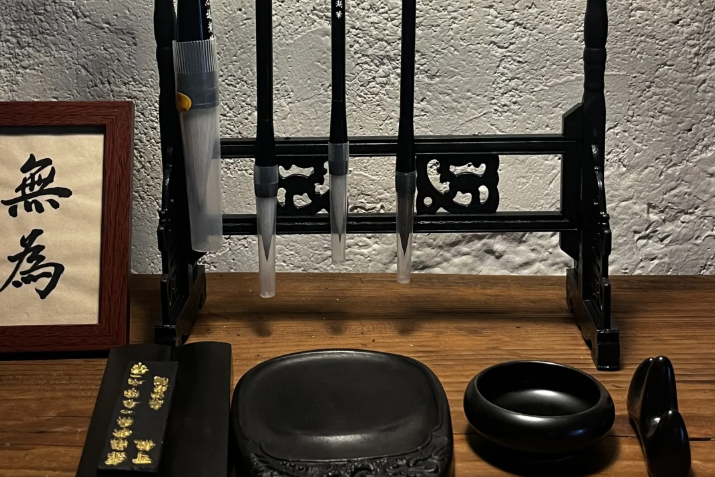 The Paper: Xuan paper stands as the pinnacle—soft yet resilient, highly absorbent, and capable of flawlessly capturing the layered textures and artistic intent of ink and brushwork.
The Paper: Xuan paper stands as the pinnacle—soft yet resilient, highly absorbent, and capable of flawlessly capturing the layered textures and artistic intent of ink and brushwork.
The Inkslab: As the tool for grinding ink, their fine texture and exquisite carvings make them both functional tools and artistic masterpieces.
The Four Treasures are not merely writing implements but symbols of Chinese literati. They have witnessed the birth of countless masterpieces and embody the wisdom and aesthetics of Chinese culture, remaining cherished and passed down through generations.
The Three Carvings of Huizhou:
The Three Carvings of Huizhou refer to wood carving, stone carving, and brick carving, which are recognized as one of China's national intangible cultural heritages. These carvings represent a traditional local art form, specifically the wood, stone, and brick carving techniques with Huizhou-style characteristics, originating from the ancient Huizhou region.
Wood Carving: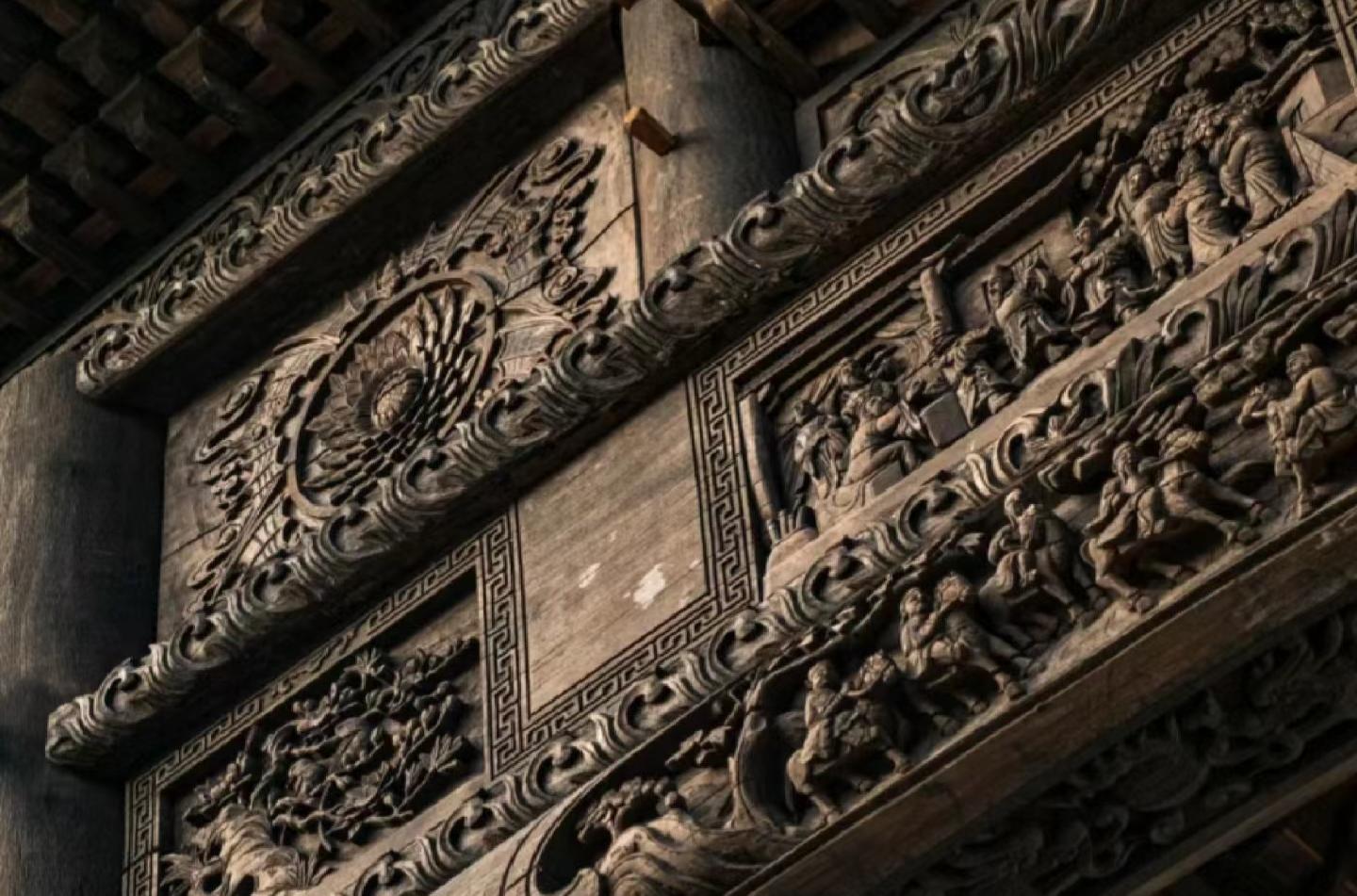
The Huizhou region is rich in timber, and most of its buildings are constructed with a combination of brick, wood, and stone, with wood being the most widely used. Huizhou wood carvings were used to decorate traditional buildings and household items, and their widespread presence in both urban and rural areas is unparalleled in China. The carvings can be seen on indoor screens, window frames, railings, and pillars, as well as on everyday items such as beds, tables, chairs, desks, and stationery. The themes of Huizhou wood carvings are diverse, including figures, landscapes, flowers, birds, animals, fish, and various auspicious patterns.
Stone Carving:
Stone carvings are widely 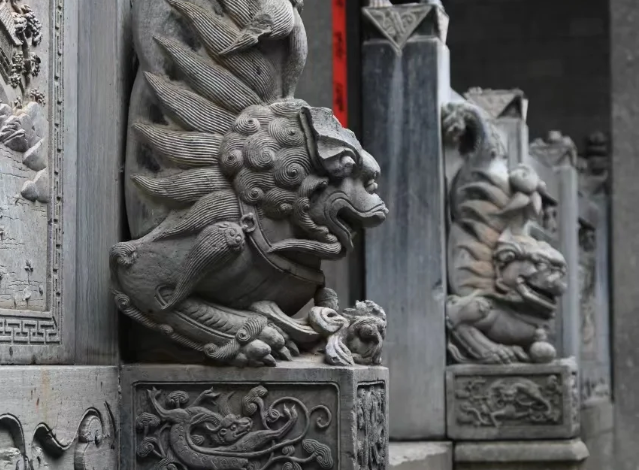 distributed across Huizhou's urban and rural areas. They are primarily used to decorate temple and residential pillars, gates, walls, memorial archways, and tombs. The themes of Huizhou stone carvings are somewhat limited by the material itself, making them less intricate compared to wood and brick carvings. They mainly feature animal and plant motifs, as well as calligraphy, while human figures and landscapes are relatively rare.
distributed across Huizhou's urban and rural areas. They are primarily used to decorate temple and residential pillars, gates, walls, memorial archways, and tombs. The themes of Huizhou stone carvings are somewhat limited by the material itself, making them less intricate compared to wood and brick carvings. They mainly feature animal and plant motifs, as well as calligraphy, while human figures and landscapes are relatively rare.
Brick Carving:
Brick carving involves the delicate 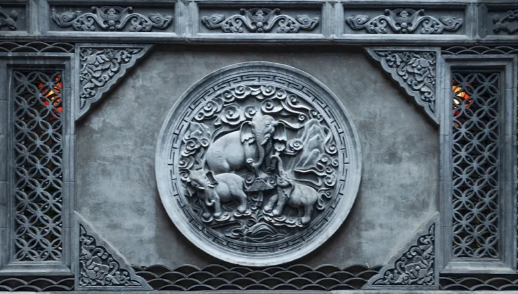 engraving of fine gray bricks to create architectural decorations. It is an important art form in ancient Chinese architectural carving, widely used in Huizhou-style gate towers, door frames, lintels, eaves, roofs, and ridges, giving buildings an elegant and solemn appearance. Brick carving became a significant component of Huizhou architectural art during the Ming and Qing dynasties.
engraving of fine gray bricks to create architectural decorations. It is an important art form in ancient Chinese architectural carving, widely used in Huizhou-style gate towers, door frames, lintels, eaves, roofs, and ridges, giving buildings an elegant and solemn appearance. Brick carving became a significant component of Huizhou architectural art during the Ming and Qing dynasties.
Xin'an School of Painting:
The Xin'an School of Painting refers to 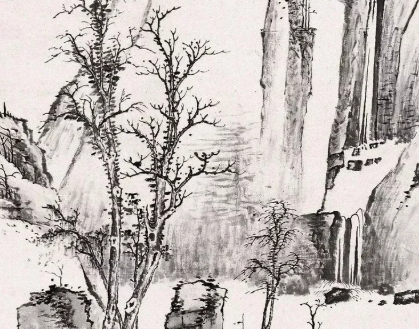 a painting movement that flourished in Huizhou during the late Ming and early Qing dynasties. The artists of this school drew inspiration from the landscapes of Huangshan Mountain, Baiyue Mountain(Qiyun Mountain), and the scenery of Huizhou. The majestic mountains, rivers, and vibrant culture provided rich material for their works, which reflect both the natural landscapes and the cultural spirit of Huizhou.
a painting movement that flourished in Huizhou during the late Ming and early Qing dynasties. The artists of this school drew inspiration from the landscapes of Huangshan Mountain, Baiyue Mountain(Qiyun Mountain), and the scenery of Huizhou. The majestic mountains, rivers, and vibrant culture provided rich material for their works, which reflect both the natural landscapes and the cultural spirit of Huizhou.
The Xin'an School primarily focused on landscape painting but also excelled in flower-and-bird paintings and figure paintings. 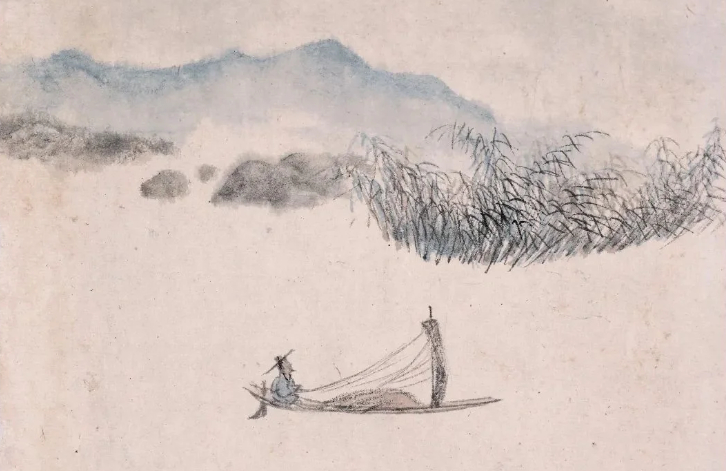 They were particularly renowned for depicting the natural scenery of Huizhou. Prominent figures of this school include Jian Jiang and Zha Shibiao. The Xin'an School emphasized simplicity in brushwork, integrating calligraphic techniques into painting to create dynamic lines. Their works convey an ethereal and tranquil atmosphere, aiming to "express the spirit through depicting the form."
They were particularly renowned for depicting the natural scenery of Huizhou. Prominent figures of this school include Jian Jiang and Zha Shibiao. The Xin'an School emphasized simplicity in brushwork, integrating calligraphic techniques into painting to create dynamic lines. Their works convey an ethereal and tranquil atmosphere, aiming to "express the spirit through depicting the form."
Xin'an Neo-Confucianism:
Xin'an Neo-Confucianism, 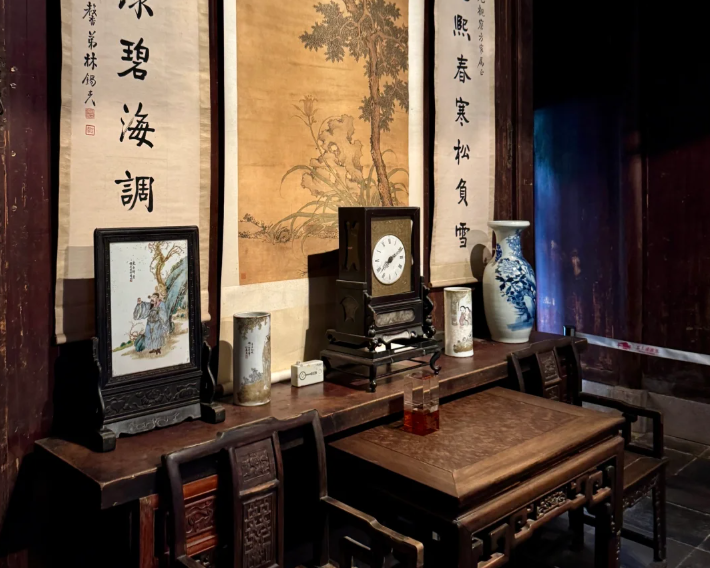 which emerged during the Southern Song Dynasty(1127-1279), was a school of thought that exerted significant influence in Chinese history. Its founders, Cheng Hao and Cheng Yi, as well as its synthesizer, Zhu Xi, all traced their ancestral roots to Huizhou, located along the Xin'an River. Since Huizhou was formerly known as Xin'an Prefecture, this school of thought was named "Xin'an." Neo-Confucian scholars emphasized logical arguments on topics such as principle and desire, mind and matter, righteousness and profit, morality, the relationship between heaven and humanity. Their extensive writings elevated the rational thinking of Huizhou culture and fostered a profound tradition of rationalism. Xin'an Neo-Confucianism flourished in Huizhou for over 700 years. It is a vital component of Huizhou culture.
which emerged during the Southern Song Dynasty(1127-1279), was a school of thought that exerted significant influence in Chinese history. Its founders, Cheng Hao and Cheng Yi, as well as its synthesizer, Zhu Xi, all traced their ancestral roots to Huizhou, located along the Xin'an River. Since Huizhou was formerly known as Xin'an Prefecture, this school of thought was named "Xin'an." Neo-Confucian scholars emphasized logical arguments on topics such as principle and desire, mind and matter, righteousness and profit, morality, the relationship between heaven and humanity. Their extensive writings elevated the rational thinking of Huizhou culture and fostered a profound tradition of rationalism. Xin'an Neo-Confucianism flourished in Huizhou for over 700 years. It is a vital component of Huizhou culture.



































